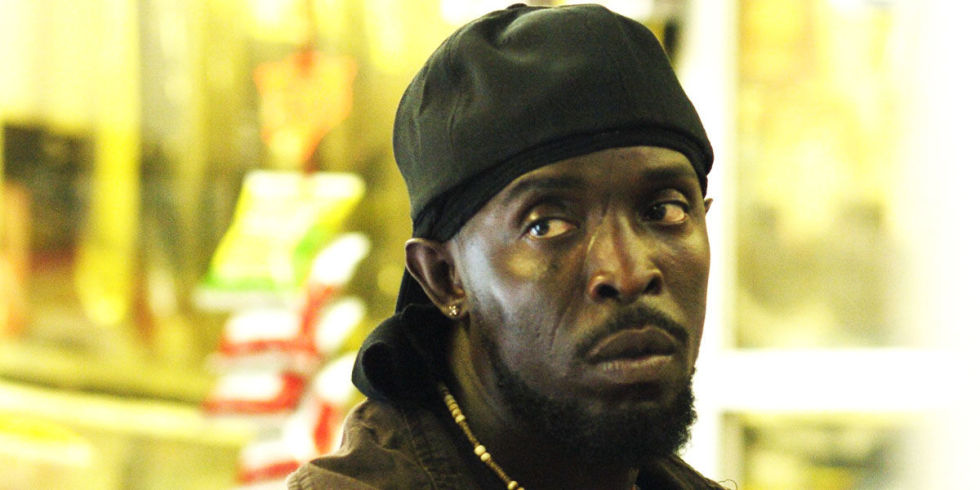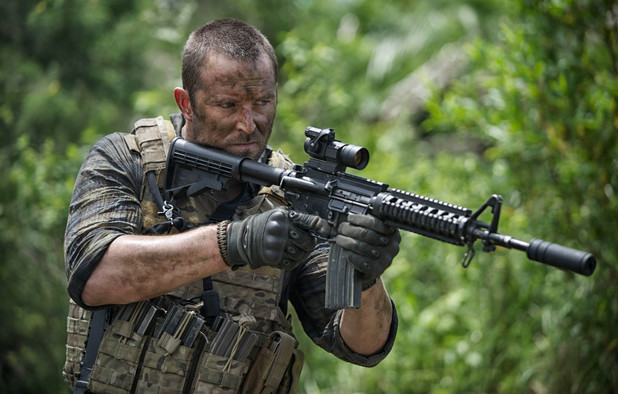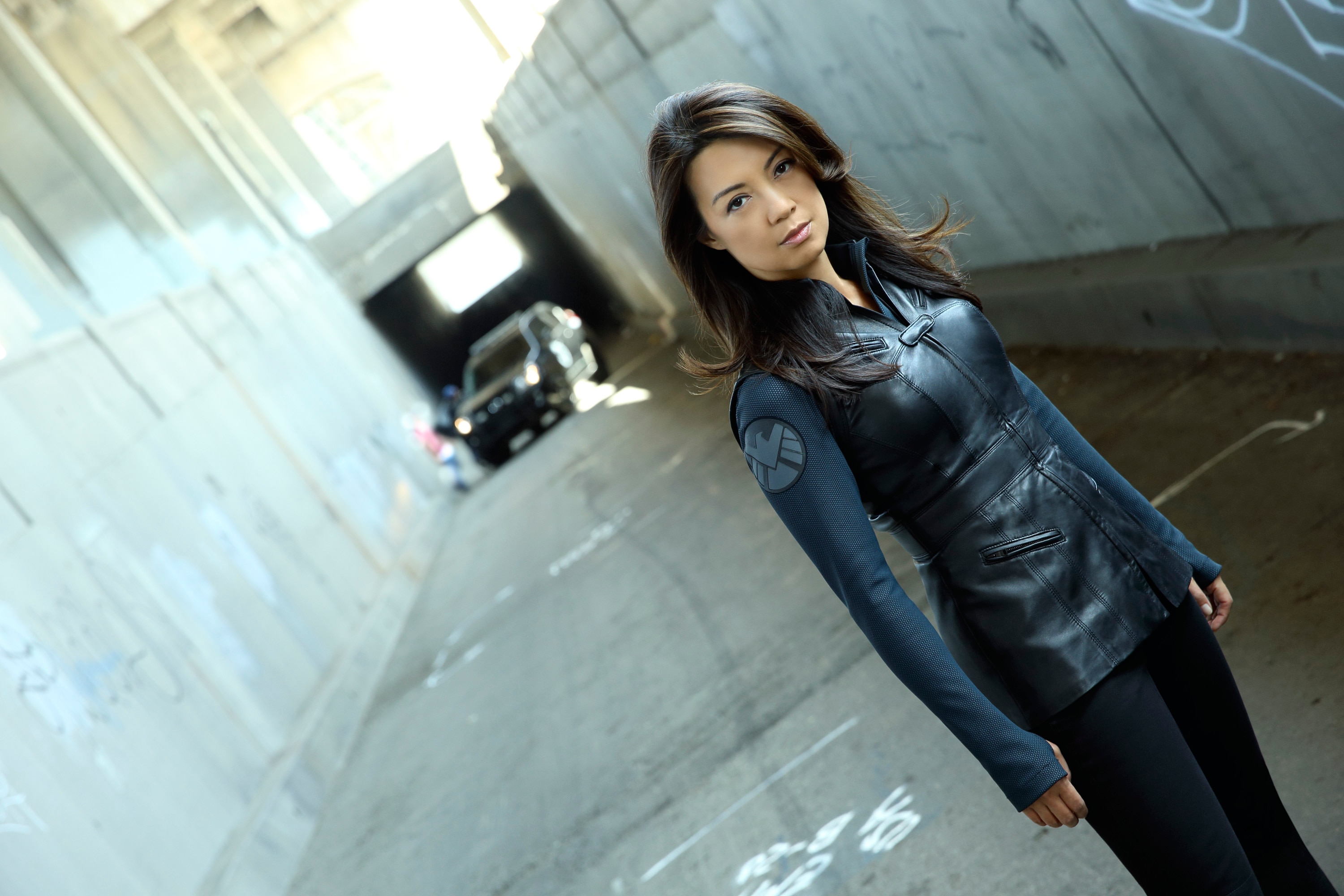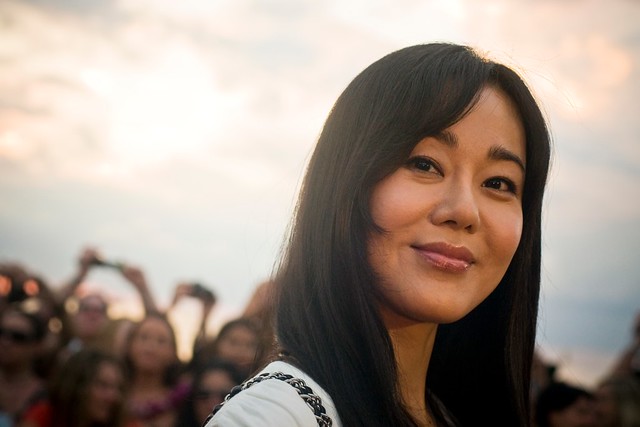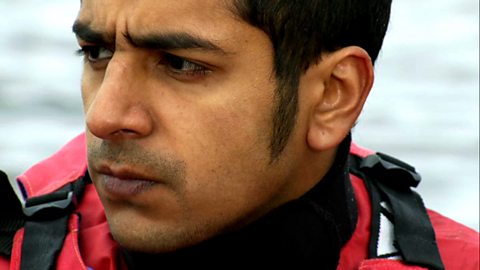The British film industry
British film organisations
BBFC- An independent, non-government body which classifies and censors film, video as well as computer and console-based games released in the UK.
BFI- he official UK agency for international cultural relations. It's Film Department promotes new British films (features and shorts), internationally principally through festivals and showcases.
UK Film Council - Promotes understanding and appreciation of Britain's rich film and television heritage and culture.
British Academy - Aims to support, develop and promote the art forms of the moving image.
British Council - Government backed lead agency for film in the UK ensuring that the economic, cultural and educational aspects of film are effectively represented at home and abroad.
Main British Production Companies
Film4 -
The Inbetweeners
Working Title -
About Time
Momentum Pictures -
Chalet girl
BBC film network -
Street Dance 2
Pathe -
Enemy At The Gates
British vs American
British films can claim 25% tax relief off of the government, meaning that the first 25% of profit made is not tied, this helps the British film industry as more people want films to include British actors, have British directors and be made in english, amongst other reasons.
Ex Machina- 32
The Avengers: Age of Ultron- 22
Star Wars: The Force Awakens- 23
The British appeal
British films tend to cater and appeal to only British audiences. This could be down to a number of reasons including story lines that are generally contextually British, this means that the story line or theme of the film is to an interest of British citizens as well as a point of knowledge they may have, which those from other countries may not have. However this can also be a reason for audiences of non British nationality to watch these films, as some people, stereotypically Americans, enjoy learning and watching media products set in, on or about Britain. Also due to British people being known for their unique, often than not dry and harsh, sense of humour British comedies do not generally appeal to a wide range of people that are from and live outside of the UK. British films do not appeal to an audience as wide as Hollywood blockbusters, as these types of films are normally 4 quadrant films, with high budgets, global stars and are normally based on subjects of which appeals to a large variety of people. Whereas British films usually accomodate the binary opposites of the features of Hollywood blockbusters (listed previously). Moreover the distribution techniques of British films do not follow the institutional practices of most if not all Hollywood blockbusters.
Audience types in British Films
Ex Machina- Aficionados, due to uncommon story line.
Suffragette- Aficionados, due to the subject it will not attract those who watch larger hollywood films.
Attack The Block- Mainstream plus, vaguely follows large hollywood movie types.
Macbeth- Aficionados, due to the subject it will not attract those who watch larger hollywood films.
Inbetweeners 2- Mainstream, the prequel was successful and appealed to a large audience.
Far From The Madding Crowd- Film Buffs1, not historically significant so it will only attract a small number of audieneces.
Why have a British film industry?
I believe that the British film industry has two main purposes. One of which is to develop the skills of Britain's in the film industry (for example: directors, actors and others), this then can lead to films that are not strictly British to be deemed British which will appeal to British people and therefore boost the UK economy via purchasing these films, regardless of the media they purchase and watch the film on. The second is to generate income from the actually film companies, this is done by excluding tax on 25% of profits that the film makes, which encourages film companies to produce and make their films in the UK. In juxtaposition this will lead to the services of other British companies being used, for example; caterers and carpenters (for sets), which creates a larger demand for these companies and reduces unemployment in the UK.
Suffragette- Aficionados, due to the subject it will not attract those who watch larger hollywood films.
Attack The Block- Mainstream plus, vaguely follows large hollywood movie types.
Macbeth- Aficionados, due to the subject it will not attract those who watch larger hollywood films.
Inbetweeners 2- Mainstream, the prequel was successful and appealed to a large audience.
Far From The Madding Crowd- Film Buffs1, not historically significant so it will only attract a small number of audieneces.
Why have a British film industry?
I believe that the British film industry has two main purposes. One of which is to develop the skills of Britain's in the film industry (for example: directors, actors and others), this then can lead to films that are not strictly British to be deemed British which will appeal to British people and therefore boost the UK economy via purchasing these films, regardless of the media they purchase and watch the film on. The second is to generate income from the actually film companies, this is done by excluding tax on 25% of profits that the film makes, which encourages film companies to produce and make their films in the UK. In juxtaposition this will lead to the services of other British companies being used, for example; caterers and carpenters (for sets), which creates a larger demand for these companies and reduces unemployment in the UK.

